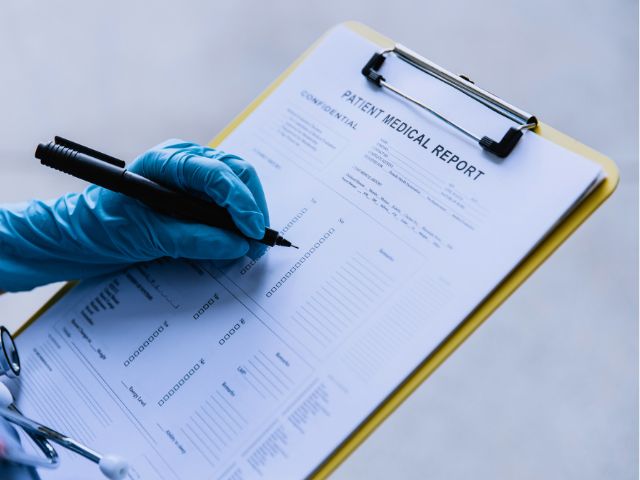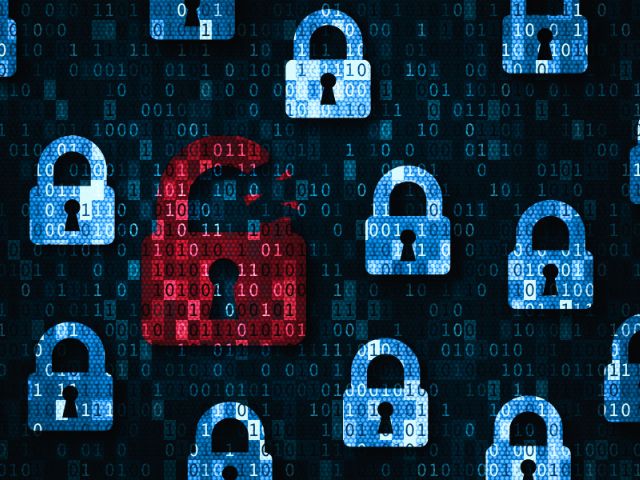Why are Cyberattacks Targeting Hospitals?
At hospitals, the most common type of threat actor is a cybercriminal. Unlike other kinds of threat actors who may commit cyber attacks for ideological or emotional reasons, cyber criminals do so for financial gain.
This kind of cyberattack is also known as ransomware and can demand a ransom of up to $40 million. In 2018, hospitals paid an average of $1.5 million in ransom to cyberattacks.
Hospitals historically pay the cyberattack ransom and pay it quickly compared to other institutions because hospitals understand that access to their online network can be a difference between life or death for their patients.
During an attack, cybercriminals gain access to patient‘s personal information, such as social security numbers, addresses, dates of birth, and health records.
According to Emsisoft, a cyber security firm, cyberattacks on hospital systems nearly doubled in 2023 compared to the previous year (46 to 25 in the United States). Within these systems, 141 hospitals were attacked in 2023, and 70% of attacks resulted in stolen patient information.









